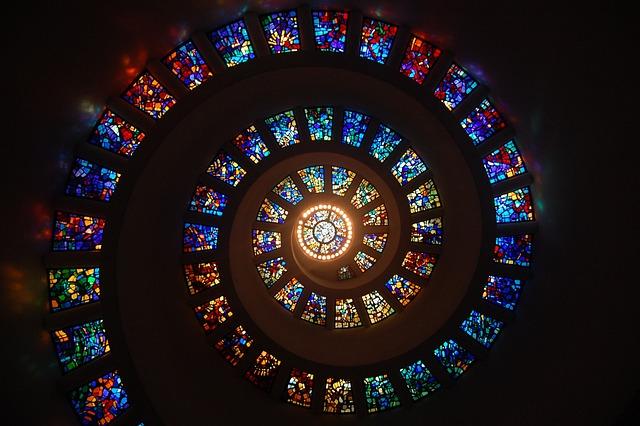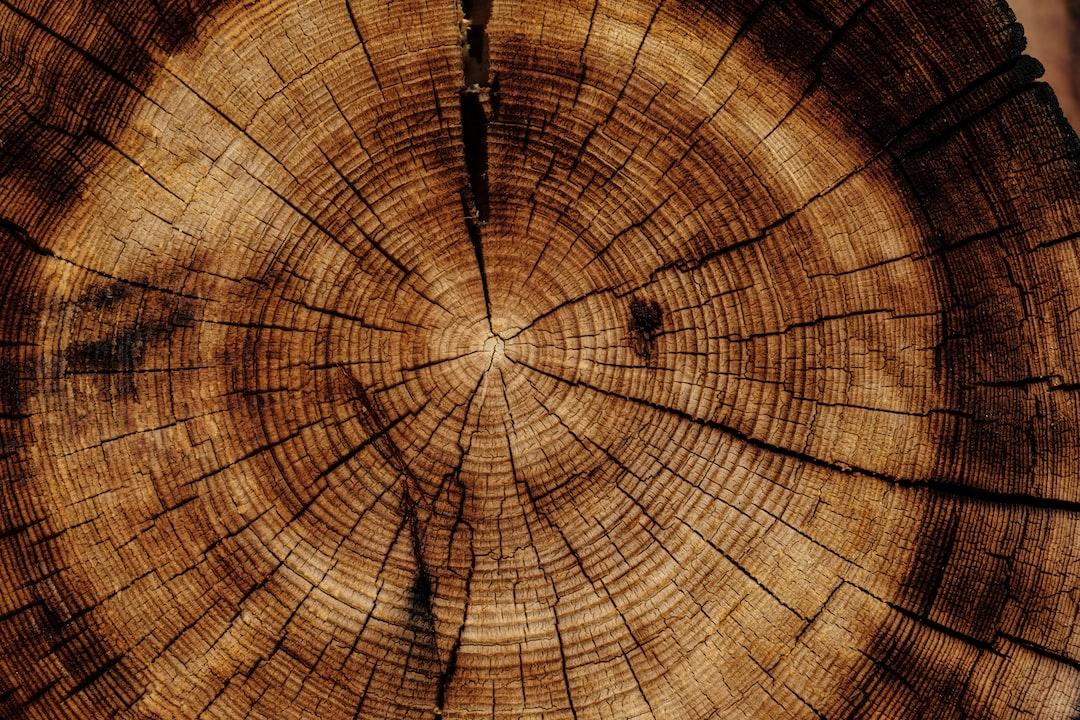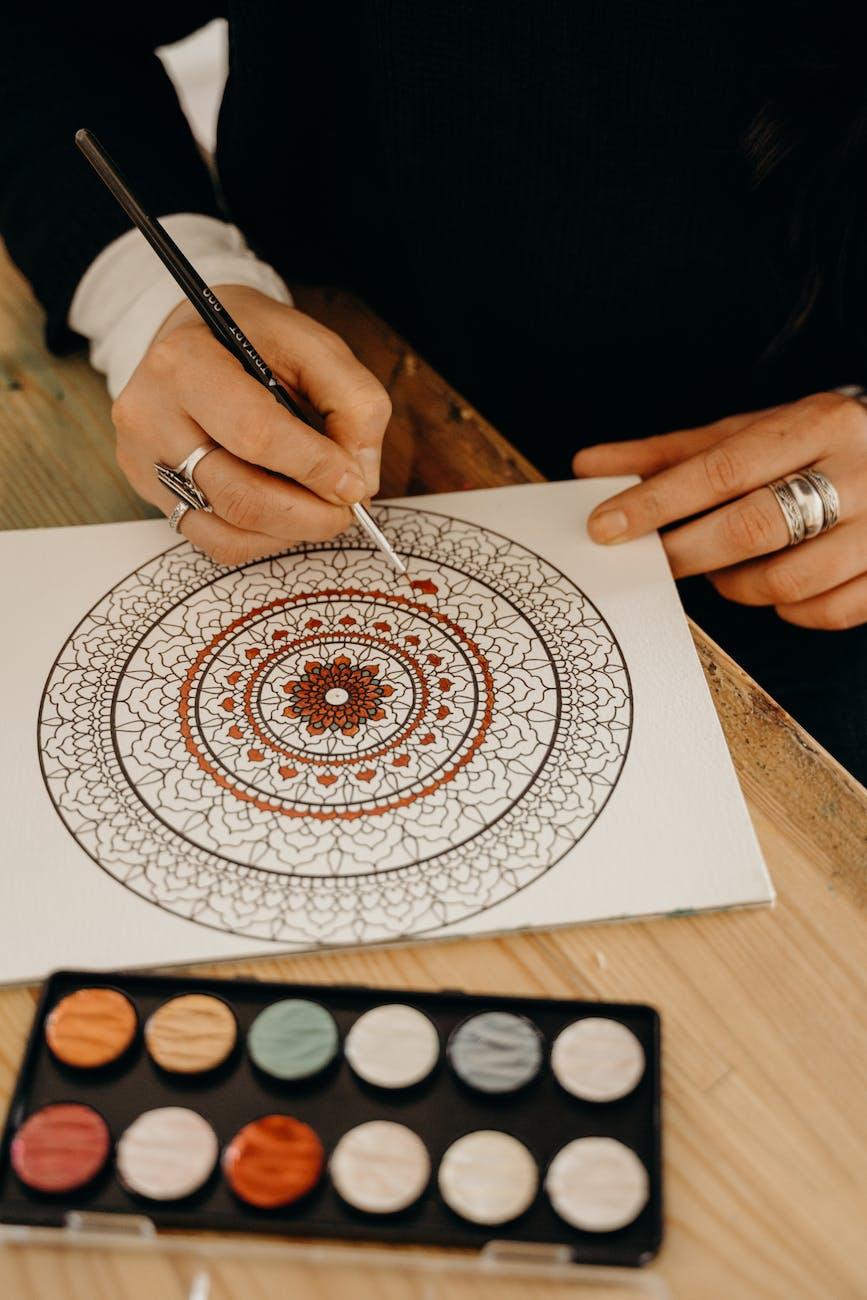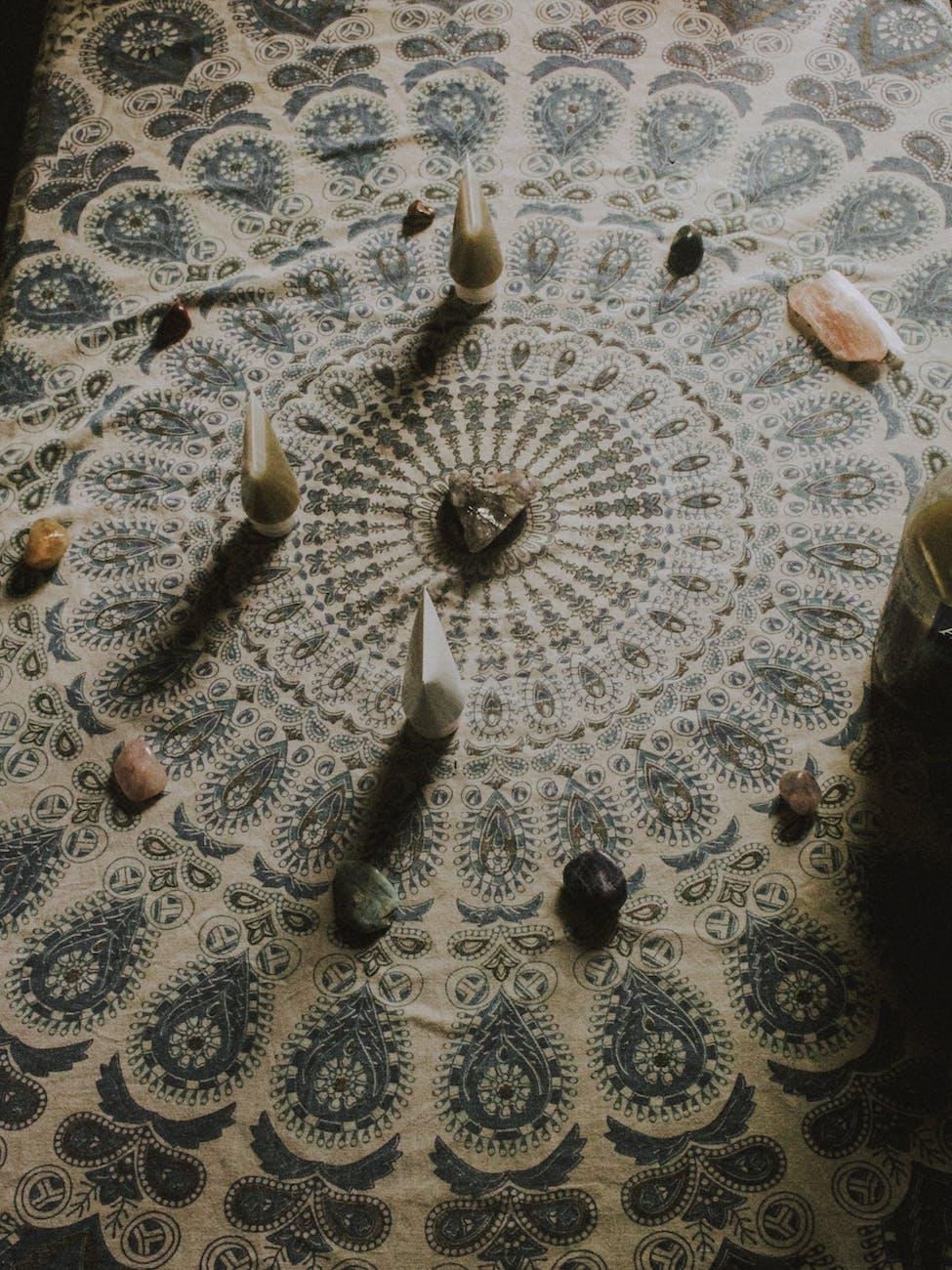Explore the World's Best Ideas
Join today and uncover 100+ curated journeys from 50+ topics. Unlock access to our mobile app with extensive features.
The Circle of Life
It's the circle of life. And it moves us all.
Through despair and hope.
Through faith and love.
Till we find our place.
On the path unwinding, in the circle.
The famous song of 'The Lion King' has a deep message to convey.
This eternal truth has always been the core of several practices in various religions. Recently, I came across an interesting practice by Buddhist monks: the tradition of sand Mandalas.The word 'Mandala' comes from the Sanskrit, meaning 'Circle'. Mandala art is a captivating expression and intricate design created using various geometric patterns and shapes.
5
108 reads
Making a Sand Mandala
The monks bend over the piece for hours on end, dropping one grain of sand after another into intricate symbolic patterns.
The act of making a sand mandala is believed to be sacred and has deep philosophical importance, symbolism, and meaning. Each sand mandala varies in size, shape, and color depending on the lesson the monks want to teach.
Hinduism and Buddhism use mandalas for meditation and enlightenment. However, in recent times, they are also appreciated simply for their beauty and aesthetic appeal.
4
92 reads
The Art of Creating Sand Mandalas
Mandalas are beautiful and colorful works of art created for healing, spiritual attainment and meditation.
Various monks spend weeks creating sand mandalas, which require immense patience, resolve, and cooperation and feature intricate details. While the process is laborious and stunningly powerful, its message goes deeper.
4
65 reads
Mandala Creation and Destruction
When the mandala is finally finished, however long it takes for the monks to deal with this divine geometry of the heavens, they pray over it, and then they destroy it. They sweep it up, every last grain of sand, and give handfuls of it away to those who participate in the closing ceremony as a final memory of sublime possibility. Then they throw the rest of the sand into the nearest living stream, to be swept into the ocean and bless the whole world. And that's it. It's gone. In an instant, after all that artistry and work, it's over.
5
58 reads
Anitya
This tradition teaches monks ‘Anitya’ -the art of De-attachment, as they believe that the main reason behind all the miseries of human lives is attachment.
Attachment with both tangible and intangible possessions and hence the creator of mandala destroys the masterpiece with own hands which was created with so much efforts. It also teaches them about impermanence of our existence which implies not to become engrossed in too much of self and materialistic gains. It instils a selfless nature within them which in turn provides an urge to serve humanity.
6
60 reads
Finding Your Mandala
Possibly, in this fast-paced life once in a while we must take some moment for introspection and must realise the impermanent nature of life, find meaning of our own Mandala and align our actions with them. Certainly, this tradition tacitly provides a vivid perspective to understand that life is temporary, transient and ephemeral.
5
64 reads
IDEAS CURATED BY
CURATOR'S NOTE
Nothing is permanent and life is ephemeral .
“
Similar ideas
Read & Learn
20x Faster
without
deepstash
with
deepstash
with
deepstash
Personalized microlearning
—
100+ Learning Journeys
—
Access to 200,000+ ideas
—
Access to the mobile app
—
Unlimited idea saving
—
—
Unlimited history
—
—
Unlimited listening to ideas
—
—
Downloading & offline access
—
—
Supercharge your mind with one idea per day
Enter your email and spend 1 minute every day to learn something new.
I agree to receive email updates





